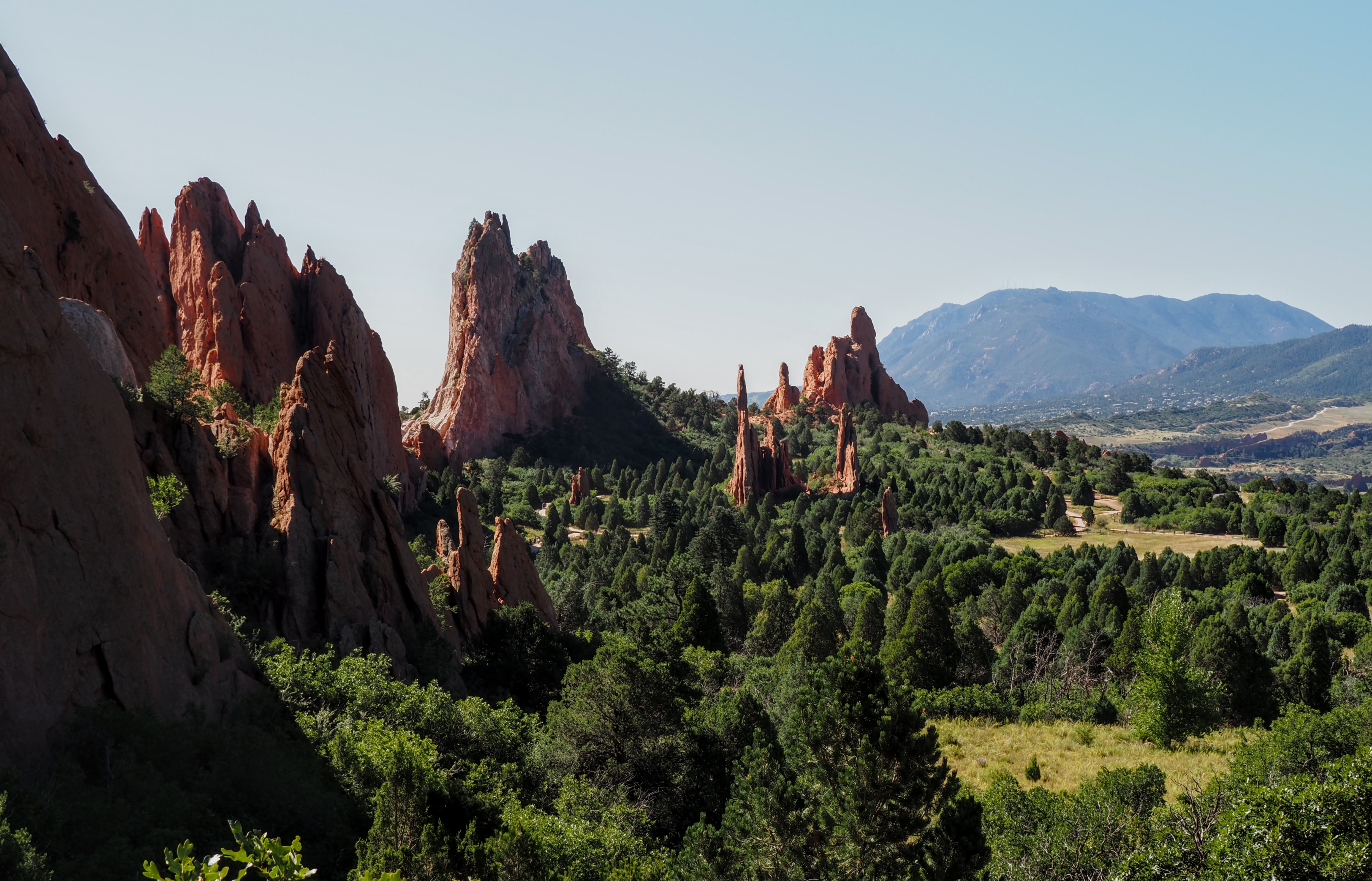

Articles
What Is The Garden Of The Gods
Modified: December 6, 2023
Discover the beauty and wonder of the Garden of the Gods, a paradise for gardening enthusiasts. Explore this breathtaking landscape and learn how to create your own oasis.
(Many of the links in this article redirect to a specific reviewed product. Your purchase of these products through affiliate links helps to generate commission for Storables.com, at no extra cost. Learn more)
Introduction
Welcome to the Garden of the Gods, a captivating natural wonderland that has enthralled and inspired visitors for centuries. Located in Colorado Springs, Colorado, this awe-inspiring park is renowned for its stunning geological formations, diverse flora and fauna, and its rich cultural and historical significance. Whether you are a nature enthusiast, adventure seeker, or simply someone seeking a peaceful respite from the bustling city, the Garden of the Gods offers a truly unforgettable experience.
The Garden of the Gods has a long and fascinating history that dates back millions of years. This unique landscape began to take shape around 300 million years ago during the formation of the Rocky Mountains. Over time, the powerful forces of erosion sculpted the towering red rock formations that we marvel at today.
Each formation tells a story etched in time, with their vibrant red and orange hues revealing the rich geological history of the region. From the towering monolith of Kissing Camels to the intricate patterns of the Balanced Rock, the Garden of the Gods boasts a myriad of breathtaking rock formations that have become iconic symbols of Colorado.
Roaming throughout the park, you will be awestruck by the diverse range of plant and animal life that call this extraordinary landscape home. The park is a sanctuary for numerous species, including coyotes, mule deer, hawks, and various reptiles. It’s a paradise for birdwatchers, as the Garden of the Gods is a designated Important Bird Area, hosting more than 170 different species.
Whether you prefer to explore the park on foot, by bike, or on horseback, there are endless opportunities for outdoor adventures. The park offers a vast network of trails, ranging from easy strolls to challenging hikes, catering to visitors of all fitness levels. Revel in the serenity of nature as you traverse the winding paths, surrounded by towering rock walls and picturesque vistas.
At the heart of the park lies the Visitor and Nature Center, where you can further immerse yourself in the wonders of the Garden of the Gods. The center offers educational exhibits and interactive displays that provide insights into the geology, ecology, and history of the area. It also serves as a hub for guided tours and programs that offer a deeper understanding of the park’s natural and cultural heritage.
The Garden of the Gods is not only a treasure for visitors but also a testament to the importance of conservation and preservation. Efforts are continuously undertaken to protect and maintain this pristine ecosystem, ensuring that future generations can continue to experience the awe-inspiring beauty of this natural masterpiece.
So, whether you are seeking adventure, tranquility, or a deeper connection with nature, the Garden of the Gods is an enchanting destination that will leave an indelible mark on your soul. Embark on a journey through time and immerse yourself in the splendor of this remarkable natural wonder.
Key Takeaways:
- Immerse yourself in the captivating wonders of the Garden of the Gods, where ancient geological formations, diverse flora and fauna, and rich history converge to create an unforgettable natural masterpiece in Colorado Springs, Colorado.
- Embark on a journey through time and nature at the Garden of the Gods, where towering rock formations, recreational adventures, and conservation efforts come together to offer a truly enchanting and awe-inspiring experience.
Read more: What Gardeners Need
History of the Garden of the Gods
The history of the Garden of the Gods is as fascinating as the park’s geological formations. The land that now comprises the park holds great cultural and historical significance, with evidence of human presence in the area dating back over 3,000 years.
The Garden of the Gods was originally inhabited by Native American tribes, including the Ute, Cheyenne, and Arapaho peoples. They revered the area as a sacred place and believed it to be a meeting ground between the spiritual and physical realms.
European settlers first encountered the Garden of the Gods in the late 18th century. The land was part of a larger territory purchased by the United States through the Louisiana Purchase in 1803. As pioneers began to explore and settle the region, they recognized the unique beauty and significance of the red rock formations, leading to the establishment of the park.
In 1859, two surveyors named Rufus Cable and M.S. Beach visited the area and were so captivated by its natural splendor that they decided to create a resort town amidst the striking rock formations. They named the area “Colorado City” and hoped to attract tourists and settlers with the allure of the Garden of the Gods.
As Colorado City grew, so did the popularity of the Garden of the Gods. People from all over the country flocked to the area to witness its extraordinary beauty. Recognizing the importance of preserving this unique landscape, General William Jackson Palmer, the founder of Colorado Springs, purchased the land in 1879 and deeded it to the city as a public park. This marked the beginning of the park’s official establishment and its commitment to public access and enjoyment.
Throughout the 20th century, the Garden of the Gods continued to gain popularity as a tourist destination. It became a designated National Natural Landmark in 1971, further recognizing the park’s significance on a national scale.
Today, the Garden of the Gods remains a cherished natural oasis and a testament to the cultural and historical heritage of the region. It attracts millions of visitors each year who come to marvel at its remarkable rock formations, immerse themselves in nature, and connect with the rich history that flows through its majestic landscapes.
With each passing year, the Garden of the Gods continues to inspire and captivate visitors from around the world. Its timeless beauty serves as a reminder of the profound connection between humans and the natural world, and the importance of preserving and protecting these precious landscapes for generations to come.
Geological Formation
The Garden of the Gods is a geological marvel, shaped by millions of years of natural forces. The unique rock formations that adorn the park are a result of the powerful process of erosion, which has sculpted the red rock landscape into its present-day splendor.
The geological story of the Garden of the Gods began around 300 million years ago during the formation of the Rocky Mountains. At that time, the region was covered by a vast inland sea, and layers of sediment, including sandstone and limestone, were deposited over millions of years.
As the tectonic plates shifted and the mountains began to rise, the forces of erosion, primarily wind and water, began to shape the land. Over time, these relentless forces of nature carved out deep canyons, exposed layers of rock, and created the iconic rock formations that we see in the Garden of the Gods today.
The most prevalent rock in the park is the Fountain Formation, a type of red sandstone that provides the stunning red hues that make the landscape so visually striking. This formation is known for its distinctive horizontal layers, which were created by the deposition of sediments in ancient river systems.
Another notable rock formation in the Garden of the Gods is the Lykins Formation. These formations, composed of limestone and dolomite, can be seen in the towering cliffs and spires throughout the park. These formations provide a fascinating contrast to the red sandstone, adding to the diverse array of geological features.
Among the fascinating geological features of the park are the erosional remnants known as “hogbacks.” These long, steep ridges were formed as the softer layers of sedimentary rock eroded away, leaving behind the more resistant layers exposed as narrow ridges.
Evidence of the geological processes that have shaped the Garden of the Gods can be seen in the intricate patterns and rock layers visible in the formations. From the crossbedding in the sandstone to the fossilized remains of marine life in the limestone, each formation tells a story of the ancient forces at work.
Exploring the Garden of the Gods allows visitors to witness firsthand the power of nature and the remarkable transformation that has occurred over millions of years. It is a testament to the enduring beauty and majestic wonders that our planet has to offer.
As you wander through the park, take a moment to appreciate the intricate details of the rock formations, the colors that change with the light, and the ever-evolving shapes that inspire awe and wonder. The geological history of the Garden of the Gods is a testament to the dynamic and ever-changing nature of our world.
Unique Rock Formations
The Garden of the Gods is renowned for its impressive and distinctive rock formations that rise from the earth like natural sculptures. These incredible formations have captivated visitors for generations, inviting them to marvel at the wonders of nature.
One of the most iconic formations in the park is the Kissing Camels. As the name suggests, this rock formation resembles two camels coming together, with their heads leaning towards each other as if they are in a tender embrace. The Kissing Camels are a popular spot for visitors to photograph and admire the creative forces of nature.
Another striking formation is the Balanced Rock. This precarious and seemingly gravity-defying structure features an immense boulder balanced precariously on top of a narrow pedestal. It stands as a testament to the mysterious and delicate equilibrium that exists in nature.
The Three Graces are a trio of towering rock formations that stand side by side, seemingly in harmonious unity. Rising from the ground with majestic grace, these formations showcase the intricacies and grandeur of nature’s artwork.
The Cathedral Spires, as the name suggests, display a verticality that resembles the towering spires of a grand cathedral. These elegant and slender formations provide a breathtaking backdrop for explorers and hikers venturing through the park.
Overhang Rock is a fascinating formation that appears to defy gravity. The massive boulder sits atop a narrow rock ledge, creating a captivating sight as it hangs suspended in the air. It’s a testament to the strength and resilience of the rock formations in the Garden of the Gods.
The Siamese Twins are another noteworthy formation that draws attention from visitors. These two massive vertical rocks are joined together at their bases, creating a natural archway that frames the surrounding landscape and offers a stunning view of Pikes Peak.
These are just a few examples of the unique and mesmerizing rock formations that await exploration in the Garden of the Gods. Each formation has a distinct shape and character, mirroring the immense forces of nature that shaped them over millions of years.
As you wander through the park, take the time to appreciate the intricate details, vibrant colors, and awe-inspiring sizes of these geological wonders. They serve as a reminder of the extraordinary beauty and power of our natural world.
The Garden of the Gods is a testament to the intricate and breathtaking artistry of nature, where every stone tells a story and every formation creates a sense of wonder. Discover these unique rock formations for yourself and let them ignite your imagination and sense of adventure.
Flora and Fauna
The Garden of the Gods is not only a haven of stunning rock formations but also a vibrant ecosystem teeming with diverse flora and fauna. This unique combination of geological wonders and natural biodiversity makes the park a captivating destination for nature enthusiasts.
The park’s semi-arid climate and varied terrain provide a habitat for a wide range of plant species. Pinyon pine and juniper trees dominate the higher elevations, while lower areas are adorned with oak, cottonwood, and willow trees. These trees not only provide shade and visual interest but also serve as important habitats for various bird species.
Speaking of birds, the Garden of the Gods is a paradise for birdwatchers. With its diverse range of ecosystems, the park serves as a stopover for migratory birds and provides a home for numerous resident avian species. Visitors can spot majestic raptors, such as red-tailed hawks and golden eagles, soaring above the rock formations, while songbirds add a melodic soundtrack to your exploration.
In addition to birds, the park is home to a variety of mammals, including mule deer, gray foxes, and coyotes. Keep an eye out for these elusive creatures as you traverse the park’s trails. Small mammals, such as rabbits, squirrels, and chipmunks, can also be spotted scurrying among the rocks.
The reptile population in the Garden of the Gods includes several species of snakes, lizards, and turtles. While encountering a snake may be a rare occurrence, it serves as a reminder of the park’s rich biodiversity and the delicate balance that exists within its ecosystems.
Exploring the park’s flora and fauna is not limited to land-dwelling creatures. The park’s ponds, creeks, and wetlands are home to a variety of aquatic life, including frogs, turtles, and fish. These water sources provide important habitats and watering holes for the park’s wildlife.
While visiting the Garden of the Gods, it is important to remember that these ecosystems are fragile and require our stewardship. Respect the wildlife by observing them from a distance and leaving their habitats undisturbed. Remember to stay on designated trails to minimize impact on the fragile flora and avoid disturbing sensitive ecosystems.
As you explore the Garden of the Gods, take a moment to appreciate the extraordinary diversity of plant and animal life that thrives in this unique landscape. From the soaring birds to the scurrying mammals, each creature plays a crucial role in maintaining the delicate ecological balance that makes this park a natural wonder.
Immerse yourself in the beauty and harmony of nature as you discover the rich tapestry of flora and fauna within the Garden of the Gods. It is a breathtaking encounter with the immense biodiversity our planet has to offer.
The Garden of the Gods is a public park in Colorado Springs, Colorado, known for its stunning red rock formations and excellent hiking trails. Be sure to bring plenty of water and sunscreen when visiting, as the park can get hot and sunny.
Read more: What Do Gardeners Do
Recreational Activities
The Garden of the Gods is not only a place of natural beauty but also a playground for outdoor enthusiasts. Whether you prefer a leisurely stroll, an adrenaline-pumping adventure, or something in between, the park offers a wide range of recreational activities that cater to all interests and fitness levels.
Exploring the park’s extensive network of trails is a popular activity for visitors. The trails wind through the stunning rock formations, offering breathtaking vistas and up-close encounters with the park’s natural wonders. From easy, paved paths suitable for wheelchair access to more challenging hikes that lead to panoramic viewpoints, there is a trail for everyone.
If you prefer a faster-paced adventure, the Garden of the Gods also offers opportunities for mountain biking. The park features designated biking trails that allow riders to navigate the rugged terrain and experience the thrill of traversing the iconic red rock formations.
Horseback riding is another popular activity in the Garden of the Gods. Several stables near the park offer guided horseback tours, allowing visitors to explore the park’s stunning beauty from a unique perspective and enjoy a serene journey through the ancient landscape.
For those seeking a more adventurous experience, rock climbing in the Garden of the Gods is an exciting option. The park boasts numerous climbing routes suitable for both beginner and experienced climbers. Ascending the towering rock formations provides a thrilling challenge and rewards climbers with incredible views of the park’s majestic landscapes.
If you prefer a more tranquil experience, picnicking amidst the natural beauty of the Garden of the Gods is a popular choice. The park provides designated picnic areas equipped with tables and grills, perfect for enjoying a meal while surrounded by spectacular rock formations and scenic vistas.
Photography enthusiasts will find endless inspiration in the Garden of the Gods. With its dramatic lighting, vibrant colors, and unique rock formations, the park provides a stunning backdrop for capturing breathtaking images. Whether you’re an amateur photographer or a seasoned pro, the park is a paradise for capturing nature’s beauty through the lens.
The Garden of the Gods also offers educational experiences for visitors who want to learn more about the park’s natural and cultural history. The Visitor and Nature Center is a hub for educational exhibits, interactive displays, and guided tours. Immerse yourself in the park’s rich heritage and deepen your understanding of the geological forces that shaped this extraordinary landscape.
Remember, while enjoying the recreational activities in the Garden of the Gods, it is essential to practice Leave No Trace principles. Respect the delicate ecosystem, follow designated trails, and leave the park as you found it, ensuring that future generations can continue to enjoy its wonders.
Whether you’re seeking adventure, relaxation, or an educational experience, the Garden of the Gods offers a diverse range of recreational activities that cater to every interest. Discover the park’s wonders as you embark on your preferred outdoor pursuit, creating memories that will last a lifetime.
Visitor Center and Facilities
The Garden of the Gods Visitor and Nature Center serves as the gateway to this captivating natural wonderland. Located at the heart of the park, the visitor center provides a wealth of information, facilities, and services to enhance your visit and ensure a memorable experience.
Upon arrival, the visitor center welcomes you with its modern architecture and inviting atmosphere. Inside, you will find a variety of exhibits and displays that offer insights into the geology, ecology, and cultural history of the Garden of the Gods. Interactive exhibits engage visitors of all ages, educating them about the park’s natural wonders and the importance of conservation.
The knowledgeable staff at the visitor center are always available to answer questions, provide recommendations, and assist with trip planning. They can offer trail maps, highlight points of interest, and suggest suitable activities based on your interests and preferences.
The visitor center also houses a gift shop, where you can find a wide selection of unique souvenirs, books, and local artwork. Take home a memento of your visit, support local artists, or find the perfect gift for nature enthusiasts in your life.
Adjacent to the visitor center is the café, offering a variety of refreshments and snacks. Take a break from exploring and savor a cup of coffee, enjoy a light meal, or indulge in a sweet treat while admiring the scenic views from the café’s outdoor seating area.
The Garden of the Gods Visitor and Nature Center is also home to the Red Rocks Room, a versatile event space that can be rented for special occasions and gatherings. Whether you’re planning a wedding, corporate event, or educational program, this unique venue provides a memorable setting amidst the spectacular beauty of the park.
Restroom facilities are available near the visitor center, providing essential amenities for visitors. Be sure to utilize these facilities before embarking on your adventure, as there are limited restroom options throughout the park.
Parking is available at the visitor center, with ample space to accommodate visitors’ vehicles. However, parking can be limited during peak times. Consider carpooling or utilizing alternative transportation options if possible.
As you prepare to explore the park, be sure to stop by the visitor center to gather information, seek guidance, and immerse yourself in the wonders of the Garden of the Gods. Take advantage of the facilities provided, and allow yourself to fully embrace the experience of this remarkable natural wonderland.
Preservation and Conservation Efforts
The Garden of the Gods is not only a cherished natural wonder but also a testament to the importance of preservation and conservation. The park is dedicated to protecting its fragile ecosystems, ensuring that future generations can continue to enjoy its beauty and biodiversity.
Efforts to preserve and conserve the Garden of the Gods date back to its establishment as a public park in 1879. General William Jackson Palmer, the park’s founder, had the foresight to recognize the unique value of this remarkable landscape and took steps to protect it for the benefit of the community.
Today, the Garden of the Gods continues to implement various strategies and initiatives to minimize human impact and promote the sustainable management of its resources. One such effort is the implementation of Leave No Trace principles, which encourage visitors to minimize their environmental impact by practicing responsible outdoor behavior.
Trail maintenance is a crucial aspect of preserving the park. The park’s staff and dedicated volunteers work tirelessly to maintain the trails, ensuring that they remain accessible, safe, and in harmony with the natural environment. Regular inspections and repairs are conducted to prevent erosion and protect fragile habitats.
The preservation of the park’s flora and fauna is of utmost importance. The Garden of the Gods is committed to maintaining the delicate balance of its ecosystems by protecting and restoring native plant communities, removing invasive species, and monitoring the health of the park’s wildlife populations.
Education plays a significant role in the preservation efforts of the Garden of the Gods. The park provides educational programs, guided hikes, and interpretive displays to raise awareness about the park’s unique geology, ecology, and cultural history. By fostering a deeper understanding and appreciation of the park’s natural wonders, visitors are encouraged to be stewards of the environment.
Collaboration with local organizations, land managers, and the community is another key aspect of the preservation efforts. The Garden of the Gods actively seeks partnerships with like-minded entities to promote conservation, share best practices, and tackle challenges related to natural resource management.
Furthermore, the park actively engages in research and monitoring initiatives to better understand the park’s ecosystems and make informed conservation decisions. By conducting studies and collecting data on various aspects of the park, including species diversity and habitat health, park managers can adapt management strategies to protect and enhance the park’s natural resources.
By implementing these preservation and conservation strategies, the Garden of the Gods aims to ensure the long-term sustainability and vitality of the park’s ecosystems. It is through these efforts that this natural wonder can continue to inspire and provide solace to visitors, while preserving its exceptional beauty and environmental importance.
As visitors, it is our responsibility to support these preservation and conservation efforts. By respecting park regulations, staying on designated trails, avoiding littering, and treating the park’s flora and fauna with care, we can contribute to the long-term health and preservation of the Garden of the Gods.
Conclusion
The Garden of the Gods is a place of unparalleled natural beauty, where towering rock formations, diverse flora and fauna, and a rich history converge. As visitors wander through this enchanting landscape, they are immersed in a world that transcends time, igniting a sense of awe and wonder.
From its geological formation millions of years ago to its establishment as a public park in 1879, the Garden of the Gods has captivated the hearts and minds of all who have ventured within its boundaries. It serves as a testimony to the power of nature’s forces, the delicate balance of ecosystems, and the importance of preservation and conservation.
Each rock formation tells a story etched in time, from the iconic Kissing Camels to the gravity-defying Balanced Rock. These natural sculptures inspire us to appreciate the incredible artistry of nature and remind us of the immense power that shaped this land.
The Garden of the Gods is not just a geological wonderland; it is also a sanctuary for a diverse array of plant and animal life. As visitors wander through the park’s trails, they witness the resilience and harmony of nature, with each creature playing an essential role in this fragile ecosystem.
The visitor center, with its knowledgeable staff and informative exhibits, welcomes guests with open arms, providing a gateway to the park’s wonders and offering resources for a meaningful and educational experience. The park’s facilities, including picnic areas and a café, ensure that visitors can relax and recharge amidst the breathtaking surroundings.
Preserving and conserving the Garden of the Gods is a shared responsibility. From the dedicated efforts of park staff and volunteers to the adherence to Leave No Trace principles by visitors, each action contributes to the long-term sustainability of this natural treasure.
As you explore the Garden of the Gods, may you be inspired by its beauty, humbled by its grandeur, and filled with a sense of wonder. Let the rock formations speak to your soul, the flora and fauna captivate your senses, and the rich history and cultural significance leave an indelible impression.
Whether you seek adventure, serenity, or connection with nature, the Garden of the Gods offers an experience unlike any other. It is a place where human presence harmonizes with the rhythm of the natural world, reminding us of the profound connection we share with our environment.
So, embark on your journey into this natural oasis and let the Garden of the Gods leave an everlasting imprint on your heart. Discover the magnificence of this geological masterpiece, connect with the wonders of the natural world, and create memories that will last a lifetime.
Frequently Asked Questions about What Is The Garden Of The Gods
Was this page helpful?
At Storables.com, we guarantee accurate and reliable information. Our content, validated by Expert Board Contributors, is crafted following stringent Editorial Policies. We're committed to providing you with well-researched, expert-backed insights for all your informational needs.

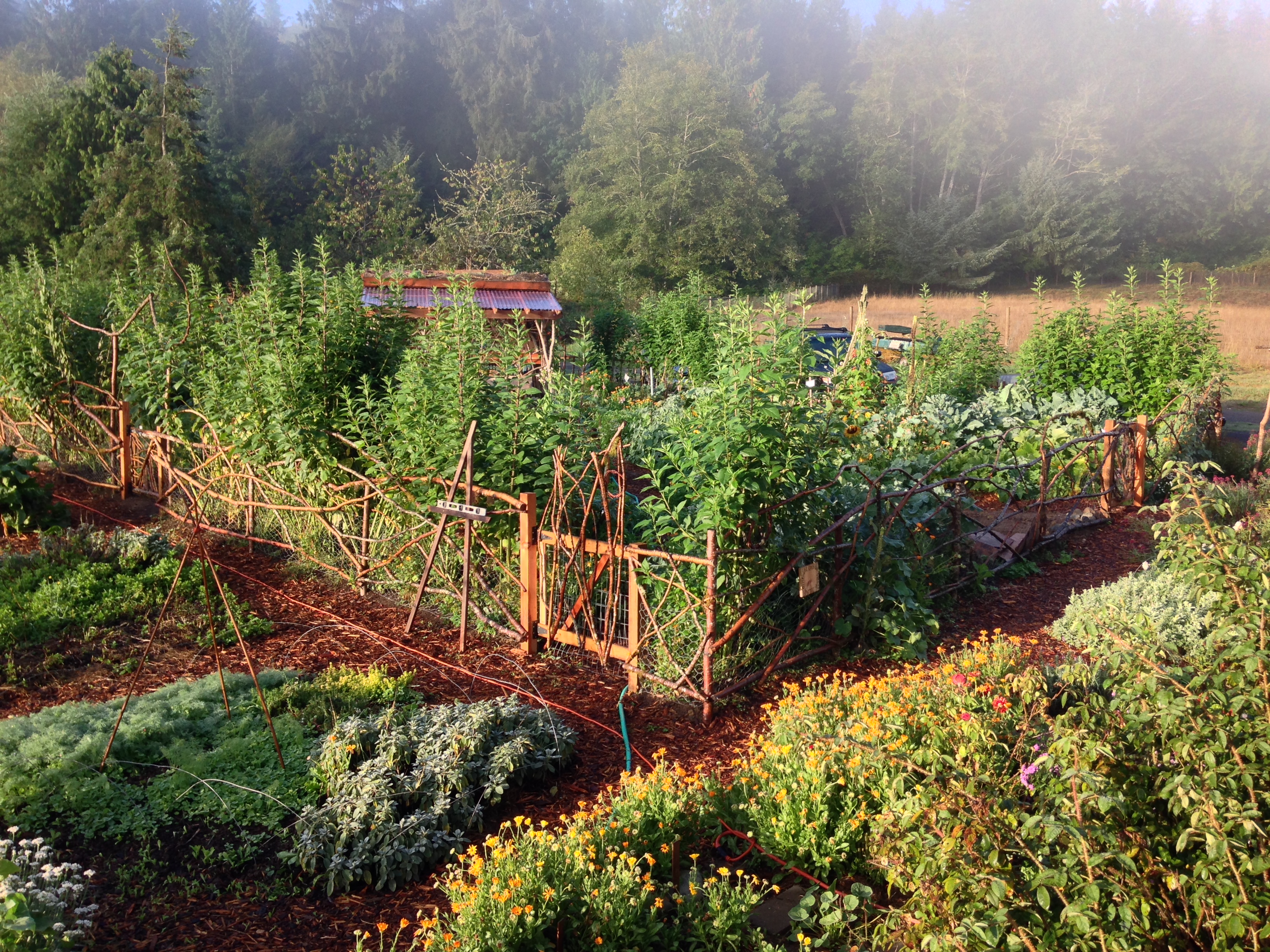





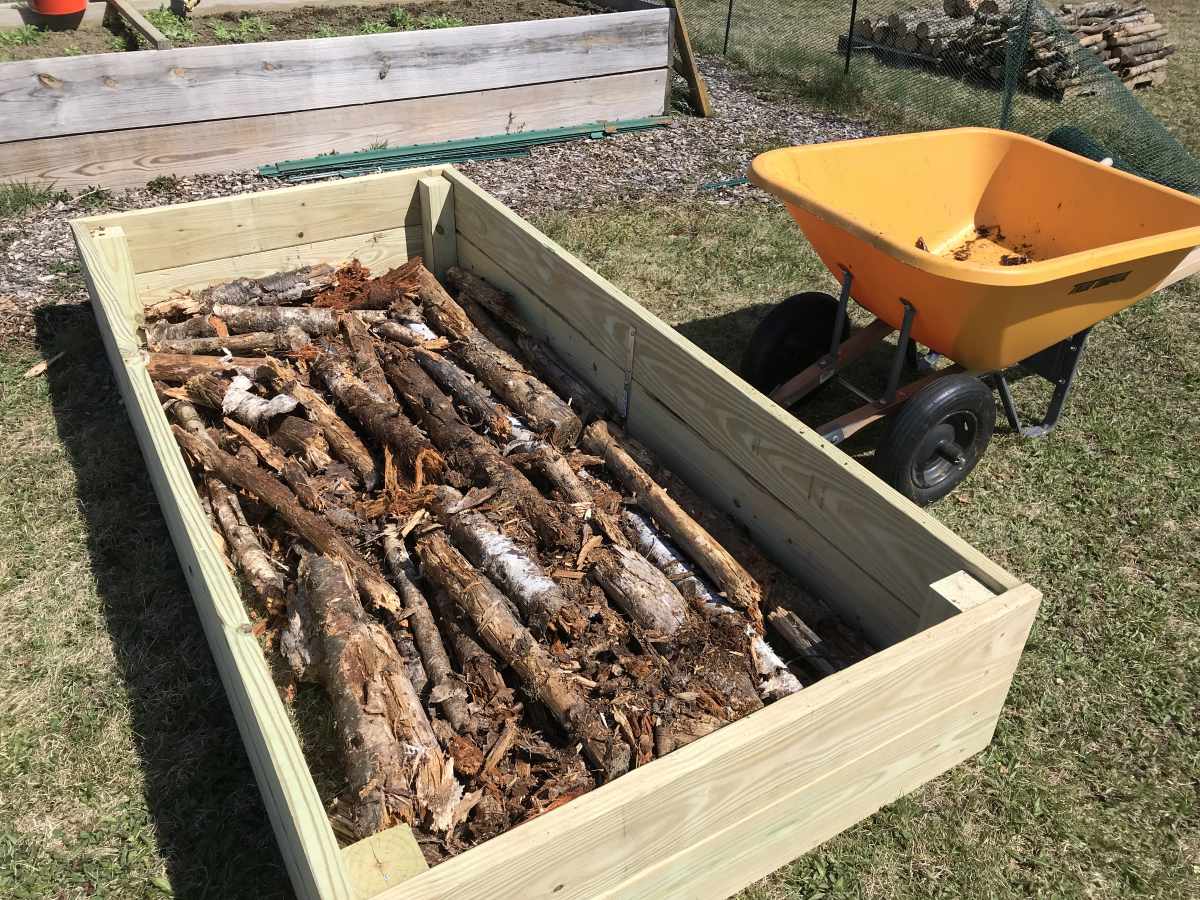


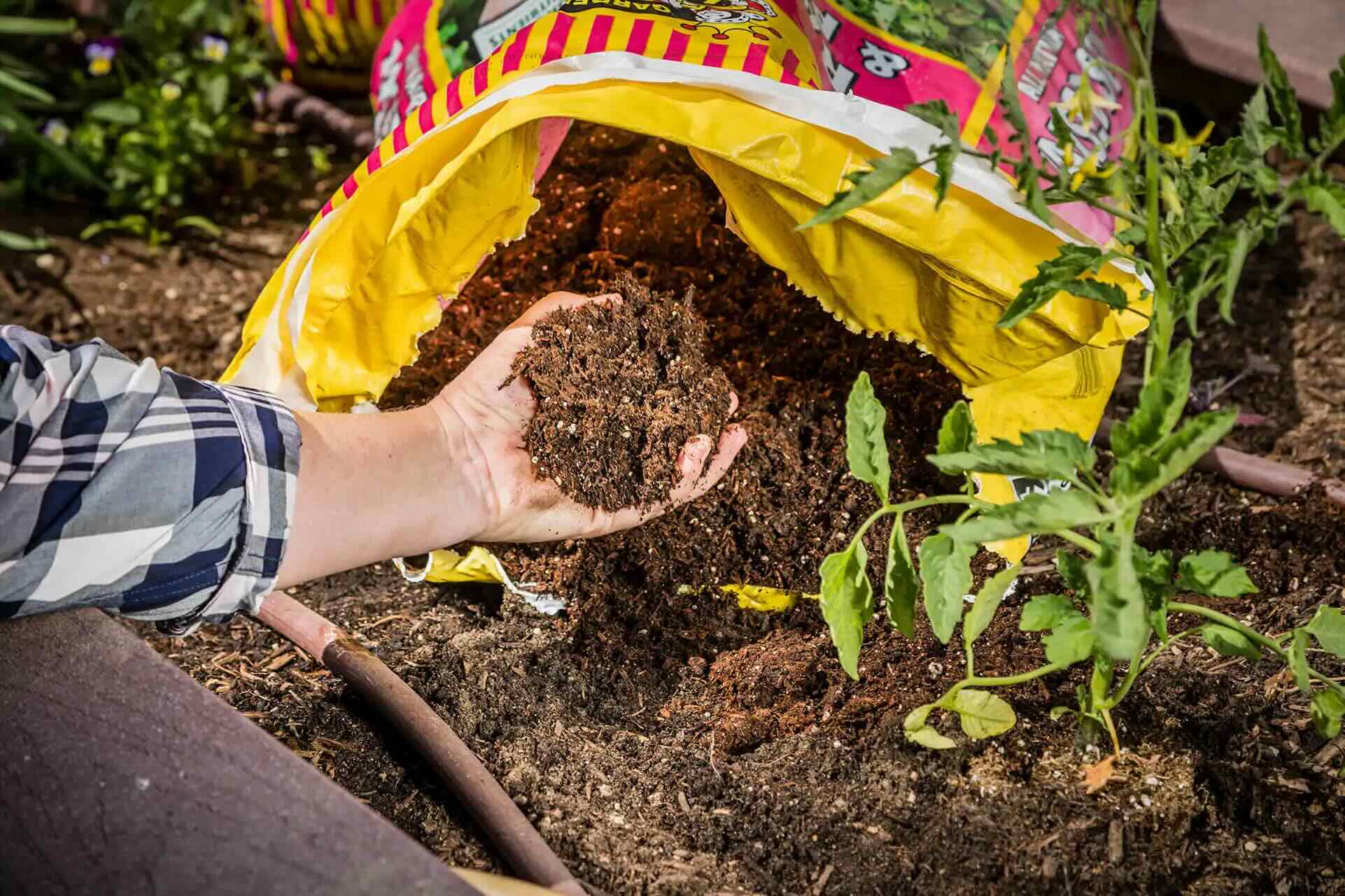

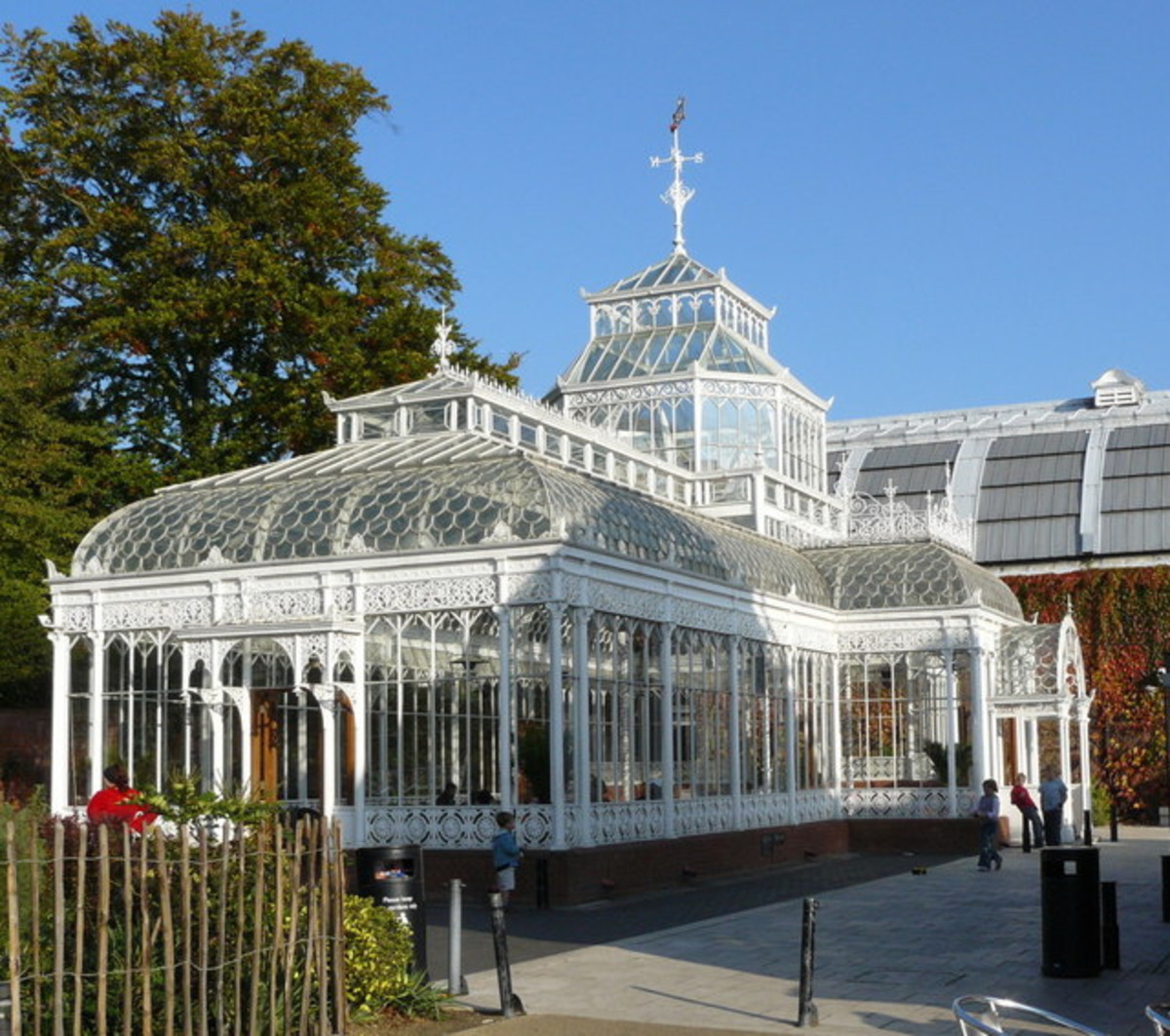


0 thoughts on “What Is The Garden Of The Gods”